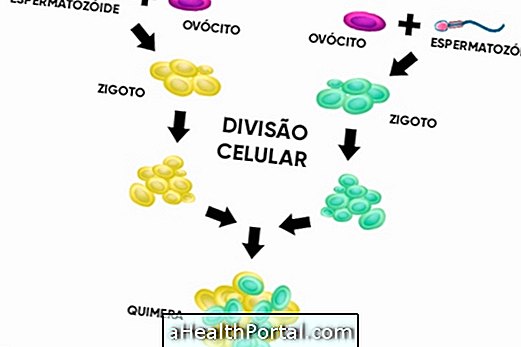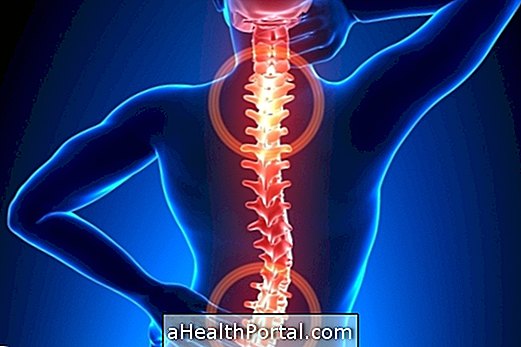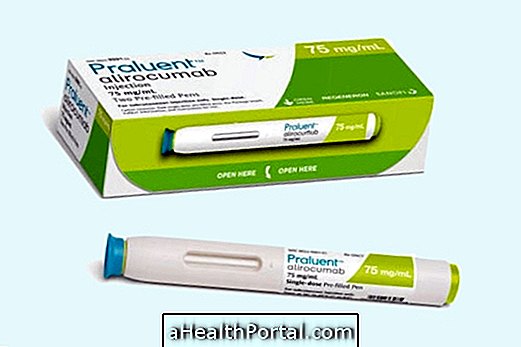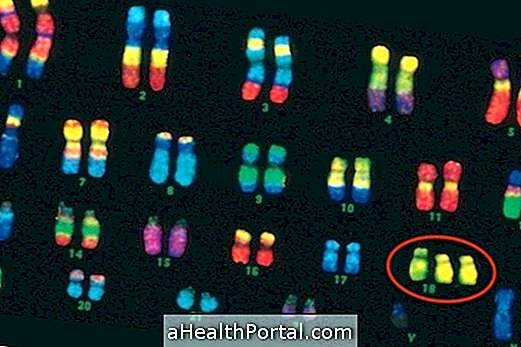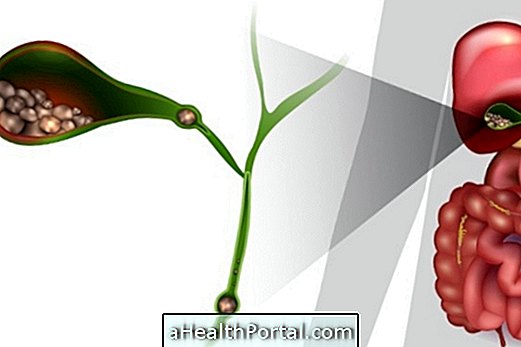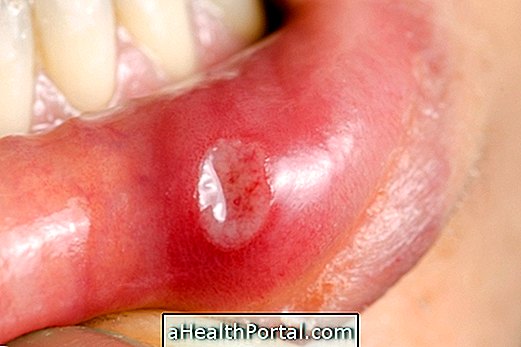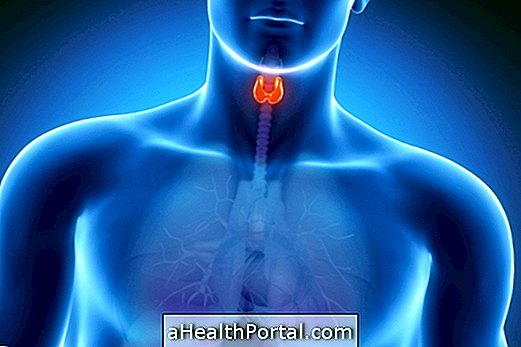Treatment for Morgagni hernia, which is a rare congenital problem in the diaphragm, should be guided by a general surgeon and is usually done with surgery to correct the problem soon after diagnosis.
Generally, surgery is performed by laparoscopy through a small cut between the ribs where the surgeon inserts a small flexible tube into the diaphragm to correct the diaphragm defect. The patient usually needs to be hospitalized for 6-10 days and can return home after this time.
Treatment for Morgagni hernia should be done in all patients, even when there are no symptoms, since there is a risk of serious complications such as prolapse or intestinal strangulation if a part of the intestine passes through the site of the hernia.
Symptoms of Morgagni Hernia
The main symptoms of Morgagni hernia include:
- Difficulty breathing;
- Discomfort in the sternum region;
- Recurrent respiratory infections, such as pneumonia;
- Heartburn and poor digestion;
- Nausea and vomiting;
These symptoms are very rare, so it is common for Morgagni hernia to only be identified during routine exams such as chest X-rays or abdominal CT, for example.
Symptoms of the Morgagni hernia may also indicate another problem known as a hiatal hernia.
Diagnosis of Morgagni hernia
Diagnosis of the Morgagni hernia can be done through the chest x-ray or abdominal CT, for example, but in some cases an endoscopy may be necessary to confirm the passage of parts of the gastrointestinal tract through the site of the hernia.

